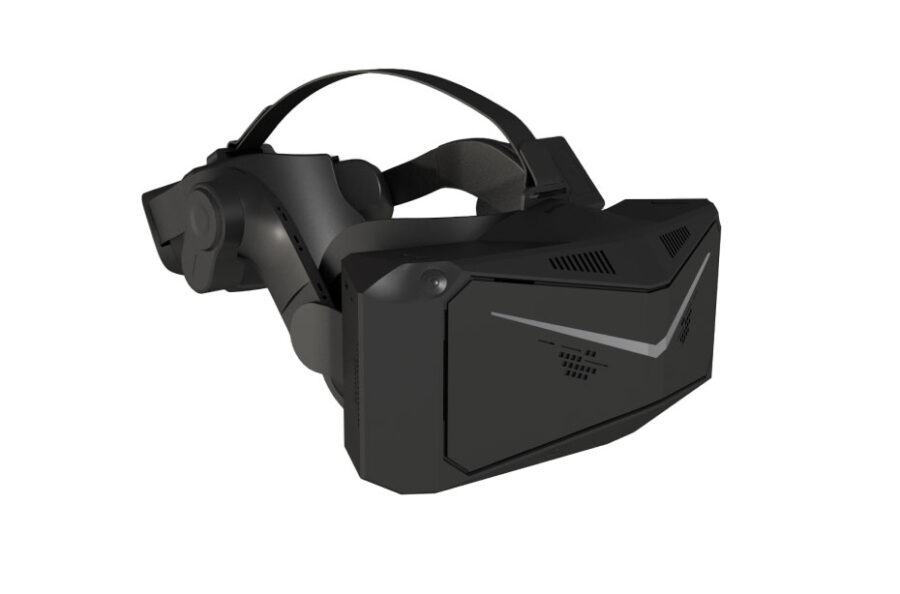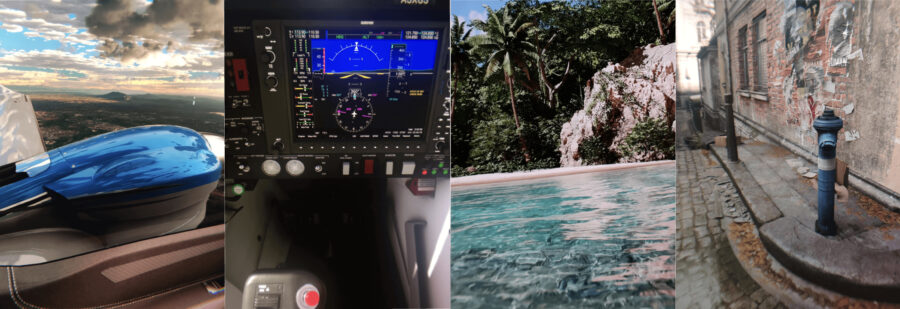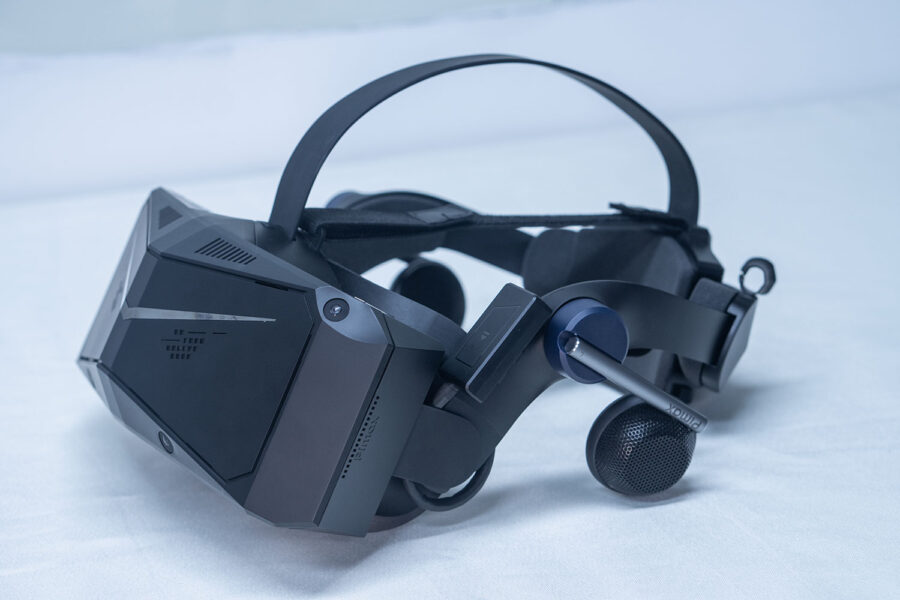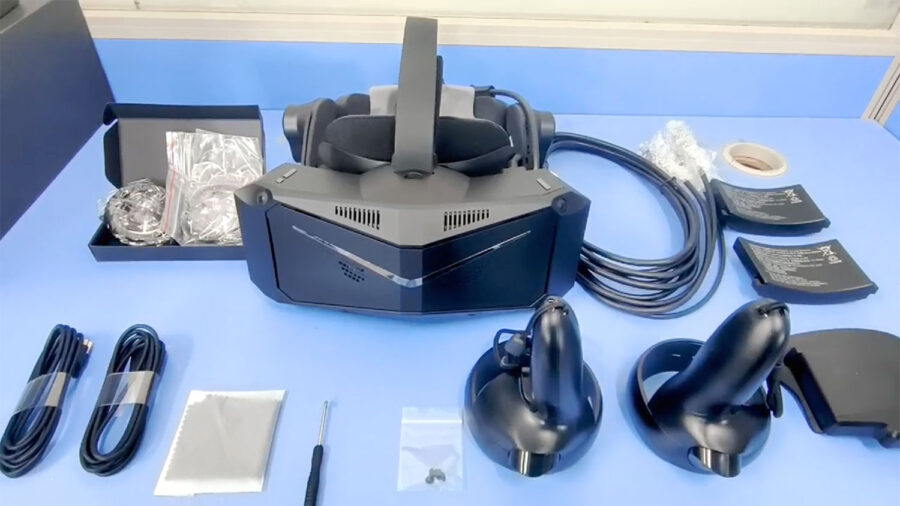
In Virtual Reality News
July 10, 2023 – Pimax, a virtual reality (VR) hardware manufacturer and provider of ultra-wide field of view (FoV) and high-resolution consumer VR devices, has today announced that its ‘Pimax Crystal’ VR headset is now available for order from the company’s website.
The Pimax Crystal device is the company’s new high-resolution VR headset that features a 4K resolution per eye and is powered by the Qualcomm Snapdragon XR2 processor. The Crystal also supports local dimming, eye tracking and foveated rendering, which Pimax states will help to significantly improve the visual fidelity of VR experiences.
“We are excited to announce that the Pimax Crystal is now open for order,” said Pimax founder Robin Weng. “The Crystal is our most advanced VR headset yet, and it will be a game-changer for the market.”
Pimax Crystal display and features
Pimax claims that the headset has “the highest amount of pixels of any consumer VR headset,” with the Crystal offering 35 pixels per degree (PPD). QLED and MiniLED panels offer a 5760 (horizontal) x 2880 (vertical) field of view (FoV), as well a wider color gamut and purer blacks.
The device’s local dimming functionality dims dark areas, while keeping other areas bright and colorful, according to the company. At the heart of the Crystal is the headset’s glass aspheric lenses, which Pimax uses to achieve a high level of image quality. These lenses are also interchangeable with an additional set of replaceable lenses for the device.

Based on the same platform as the company’s 12k QLED headset, the Crystal can be used as a tethered device for PC VR experiences, or as a standalone VR headset, thanks to the device’s XR2 processor and Pimax’s customized PC VR engine dual-processor chip. Wireless usage is possible in both modes, using either wifi streaming, or the device’s optional 60G wireless module.
For eye-tracking, Pimax states that the Crystal registers a user’s eyes 120 times per second. This also enables foveated rendering, and IPD is automatically adjusted. The headset also features four external Depth-of-Field cameras, meaning base stations are not required for positional tracking.

As far as content goes, Pimax states that the Crystal works with all PCVR games. There are also a host of standalone games available for users through the company’s ‘Pimax Play’ platform, through which customers can purchase optimized versions of Pimax headset-compatible VR games.
Included with the purchase of a Pimax Crystal VR headset, users will get:
- 1 x Pimax Crystal headset
- 2 x controllers
- 2 x USB-C cables
- 1 x DP cable
- 1 x charging dock
- 2 x battery packs
- 1 x additional set of replaceable lenses
- 1 x power connection and hub kit
- 1 x screwdriver / screws
- 1 x lens cloth
- 1 x quick guide card

Pimax noted that the Crystal is likely to be popular among pilots and users of flight simulators, as the device’s features allow for the reading of smaller texts without eye strain within VR experiences thanks to its sharp visuals. This can be particularly helpful for viewing small text and details such as instrument panels and dials in flight sims. More information specific to the Crystal’s suitability for flight simulators can be found here.
Pimax Crystal pricing and availability
The Pimax Crystal starts at USD $1,599 and is available for purchase now on the Pimax website. The company noted that customers will have their Crystal devices shipped out approximately four weeks after purchase.
Interested users can also try out the headset at one of Pimax’s experience centers before placing an order online. There are currently experience centers located in the United Kingdom, Germany, Australia, and Malaysia. Pimax added that it plans to open more experience centers in Europe and the United States in the coming months. To book an appointment at a Pimax Experience Center to try out the new Crystal headset, click here.
For more information on Pimax and its ultra-wide FoV virtual reality hardware, please visit the company’s website.
Image / video credit: Pimax
About the author
Sam is the Founder and Managing Editor of Auganix. With a background in research and report writing, he has been covering XR industry news for the past seven years.
